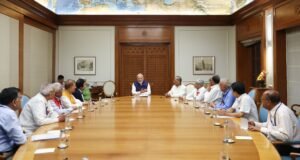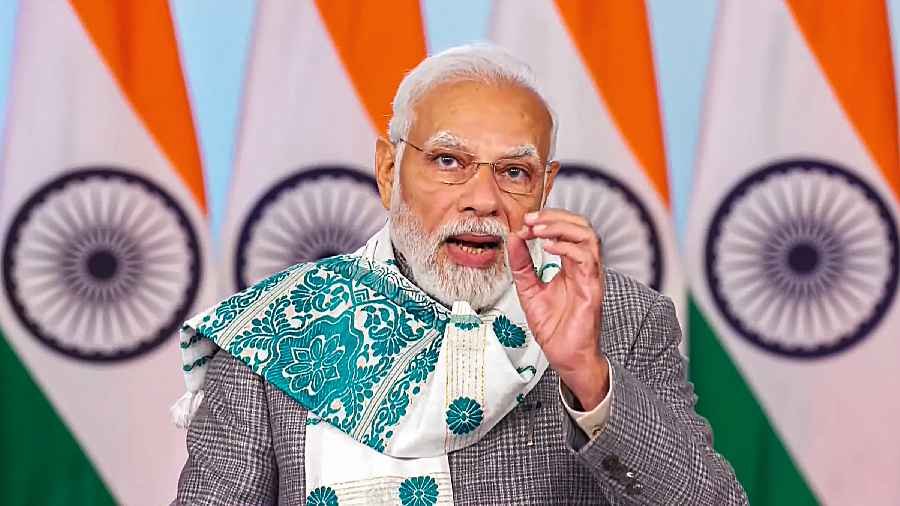The Unified Pension Scheme (UPS) for central government employees was introduced on August 24 by the government led by Prime Minister Modi.

PM Modi held the meeting with unions that represent government workers
Commencing with the upcoming fiscal year, the new plan guarantees a pension equivalent to 50% of the base pay for anyone who enlisted after January 1, 2004.
According to the Modi administration, UPS satisfies a long-standing request among public servants. But the news set off a political slugfest, with the Congress asserting that UPS’s “U” symbolizes for the “U-turns” made by the Modi government. Retaliating against the opposition, the BJP questioned why, in the states where it controls the majority, it has not yet enacted the Old Pension Scheme (OPS).
Congress President remarks on “Unified Pension Scheme”
The recent ‘U-turn’ was connected by Congress President Mallikarjun Kharge to the outcomes of the June 4 Lok Sabha Elections 2024, which saw the BJP reduced to 240 seats. Unlike the previous two terms, the saffron party was unable to secure a simple majority of 272 seats; as a result, it was forced to rely on partners of the National Democratic Alliance (NDA) in order to form government.
Political motivation behind implementation of Unified Pension Scheme
What political purpose does the announcement serve? The declaration is made just before important state assembly elections in Maharashtra, Haryana, Jharkhand, Jammu, and Kashmir.
On August 25, the Maharashtra cabinet decided to put into effect the UPS system, which the Union government led by Prime Minister Narendra Modi had announced the day before, for state government employees. Maharashtra, which is run by the NDA, became the first state to implement the new pension plan by doing this.
According to political observers, the action is taken in opposition to Congress’s commitment to reactivate the Old Pension Plan (OPS). Maybe the plan contributed to the establishment party’s victory in the 2022 Himachal Pradesh assembly elections.
It is a different story, though, because the Congress, which had also pledged to enact the OPS, lost in Rajasthan. In its manifesto for the Lok Sabha Election of 2024, the Congress made no mention of OPS.
PM Modi on UPS
The UPS program has the potential to assist at least 23 lakh central government employees nationwide. The Modi administration claims that if all state governments decide to participate in the program and offer its advantages to a wider group of Indian government employees, this figure may rise to 90 lakhs.
With a guaranteed pension equal to half of their pay, employees in at least five states controlled by the opposition have been moved from NPS to OPS.
The BJP has opposed OPS, claiming that it would undo the pension reforms and incur significant costs for the taxpayers. The BJP has attempted to satisfy the fundamental concerns of workers with a lower burden on the government by implementing the UPS for central government employees.
After meeting with the unions that represent government workers, Prime Minister Modi stated that the move demonstrated his government’s commitment to a safe future for these workers.
“We take great pride in the dedication of all government workers who make substantial contributions to the advancement of the country. The PM wrote on social networking platform X, “The UPS ensures financial security and dignity for government employees, aligning with our commitment to their well-being and a secure future.”
READ: PM Modi’s take on Women Safety

